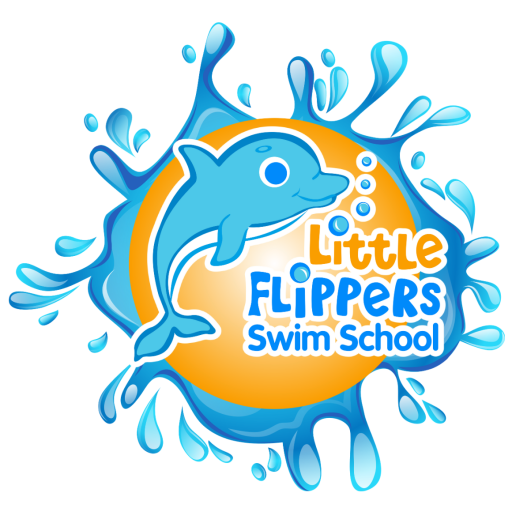When teaching the strokes or more advanced techniques it is easy to become overwhelmed and often instructors feel challenged by certain strokes.
Keeping the following three guidelines in mind can really help!
- Use easy to remember Key Words and stick with them!
(Check out Little Flippers Lingo)
- Teach using simple progressions before putting it all together.
(Practice drills for just the kick or just the arms before practicing the stroke in it entirety).
- Think of the Big Picture.
(For example: Instead of obsessing over the perfect bent elbow recovery in freestyle, focus on the arms recovering out of the water and alternating quickly).
Freestyle
Kick: Streamline on the Front (with or without equipment).
Why: The proper streamline body position eases movement through the water and leads to more efficient swimming strokes.
Side Breathing at the Wall: Bracket on the wall facing out, practice inhaling when the face is out and exhale when the face is in.
Why: Allows multiple students to practice all at once and gives you the opportunity to give a variety of corrective feedback.
Arms: Catch Up Drill, Zipper Drill, and Single Arm Drill, just to name a few. All can be practiced with or without equipment.
Why: To isolate the arms stroke and focus on each component: Catch, Mid Pull, Finish and Recovery.
Timing: Tick, Tock – for side breathing. A stroke and a breath for tick, the next stroke for tock.
Rock and Roll – Take a breath to your favorite side and then on the next stroke cycle one stroke for rock, a second stroke for and, a third stroke for roll to the other side.
Why: To practice putting it all together!
Backstroke
Kick: Streamline on the back (with or without equipment).
Why: The proper streamline body position eases movement through the water and leads to more efficient swimming strokes.
Arms and Breathing: Backstroke Catch up, 3 Seconds at 90 and lane line pull.
Why: To isolate the arms stroke and focus on each component: Catch, Mid Pull, Finish and Recovery.
Timing: Thumbs out, pinkie in, bend and push.
Why: Quick descriptions make it easy to remember.
Breaststroke
Kick: Heel Touch on Back
Why: Associate the movement with the already familiar Elementary Backstroke Kick.
Kick: Breaststroke Kick with a Pull Buoy
Why: To turn the frog kick into a whip kick!
Arms: Lying over the edge of the deck, with noodle under the arms and mini pull.
Why: To reinforce a smaller pull.
Breathing and Timing: Pull, Breath, Kick and Glide. Hand out until legs finish. Swim in as few strokes as possible to lengthen the glide and reinforce timing.
Why: To put it all together.
Butterfly
Kick: Fins and bracelet or ring around the ankles. Focus on the legs doing all the work vs. pushing the upper body up and down.
Why: To practice a simultaneous leg movement.
Arms: Wide Pull with Pull Buoy at Ankles. Just focus on the direction of the arms vs. getting them out of the water. Why: Often student confuse the butterfly arm stroke with the breaststroke arm movement.
Timing: One Pull and one Kick. Pull down, reach around then dolphin kick.
Why: To begin putting it all together.
Timing: Two Kicks per Pull. Kick for the pull and kick for the stretch. Try breathing every other stroke for ease of movement.
Why: To put it all together!
